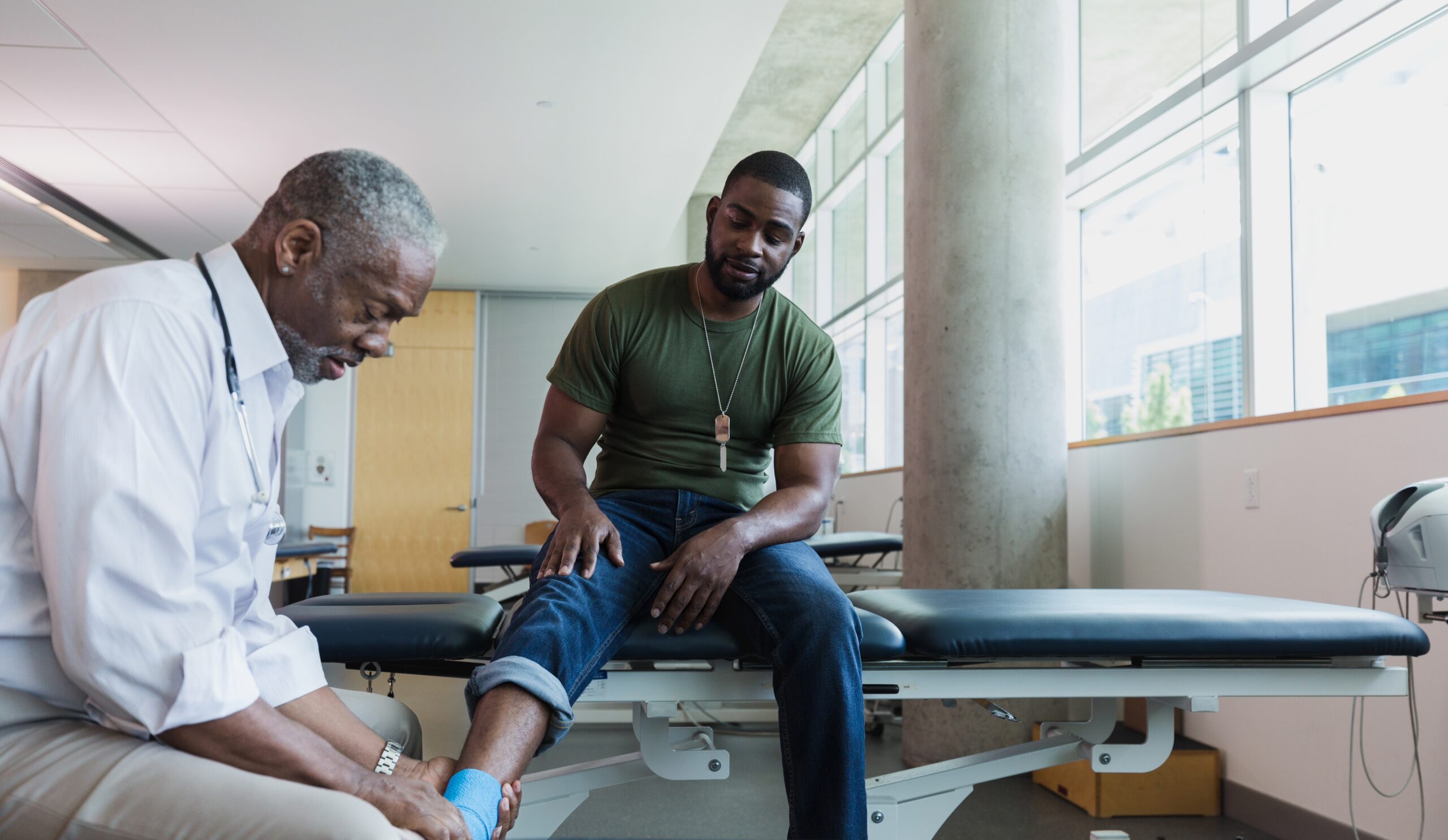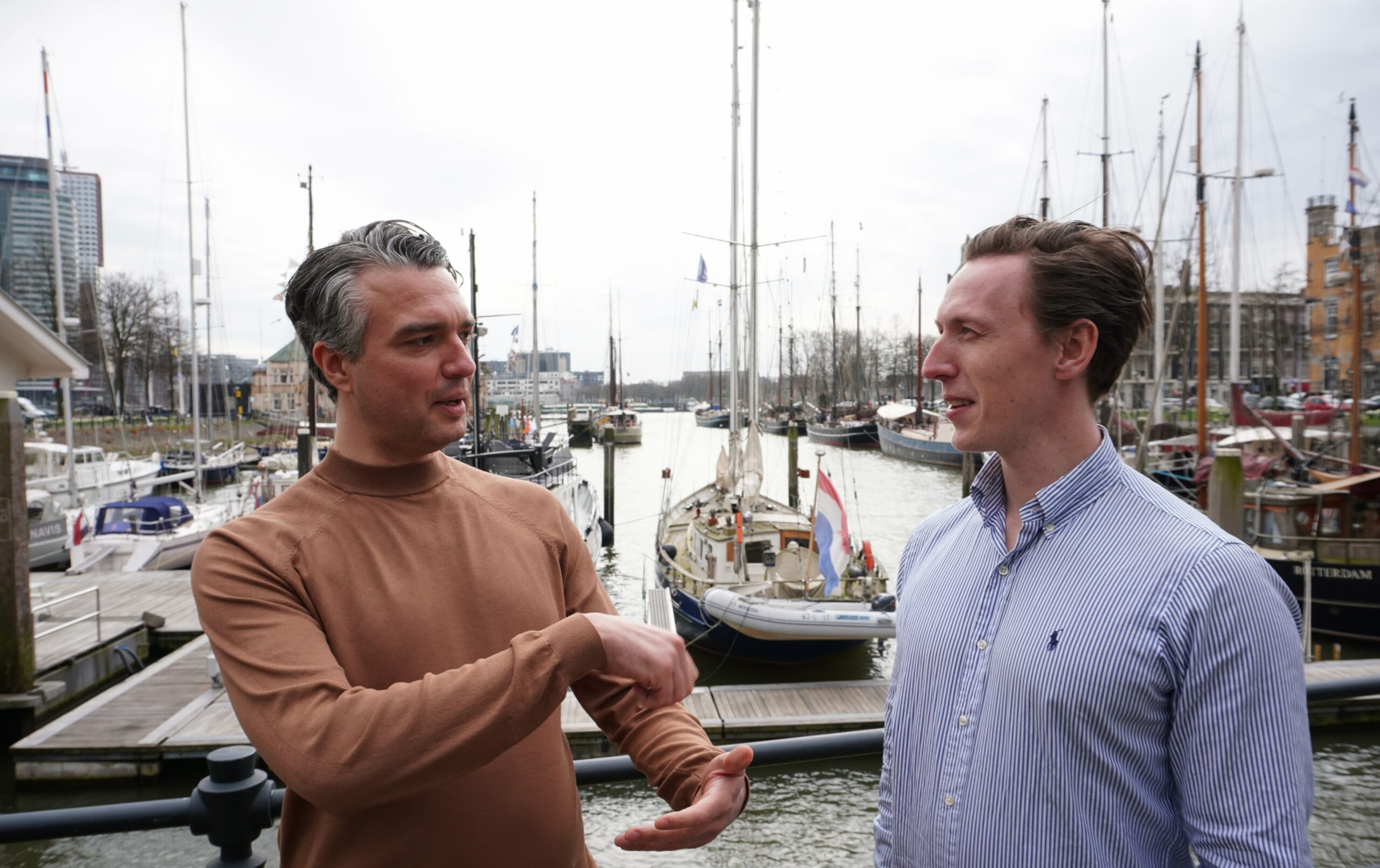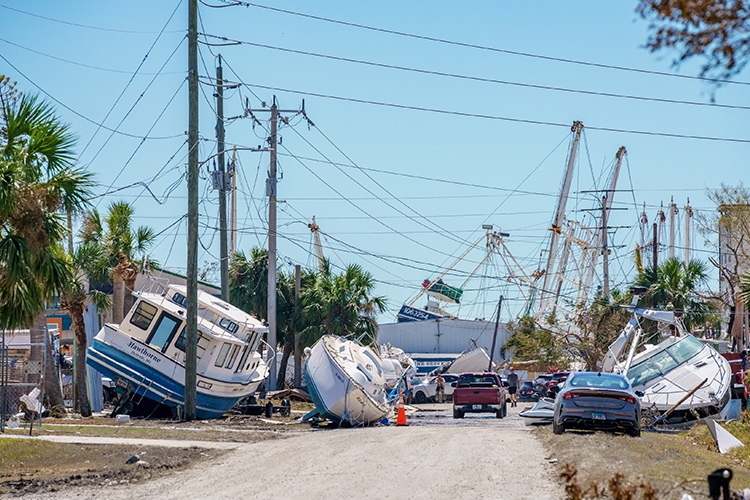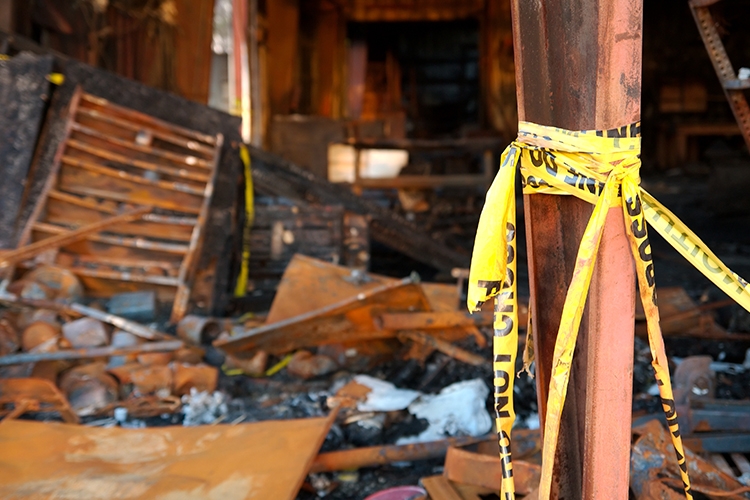News + media: recovery












Solutions
Helping people
Listening to concerns, acting with empathy, setting expectations and assisting at every turn.
Restoring property
Providing high-level care in all areas, from complex losses to everyday commercial and residential claims.
Preserving brands
Responding quickly to unexpected market events, managing risks and minimizing impact.
Empowering performance
Delivering technology-enabled solutions, keeping people first and fulfilling our commitment to care.
Careers
Independent resource network
We want you to join our roster today! Whether you are an adjuster, home inspector or property appraiser, set up your profile to get connected.
News + media
Catch up on the latest developments and insights from our global experts and growing operations.
Sedgwick’s thought leadership key trends for 2024












